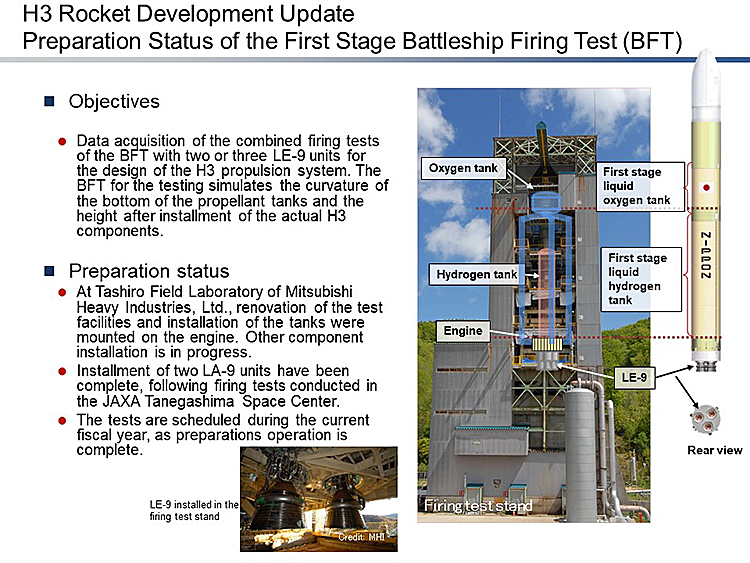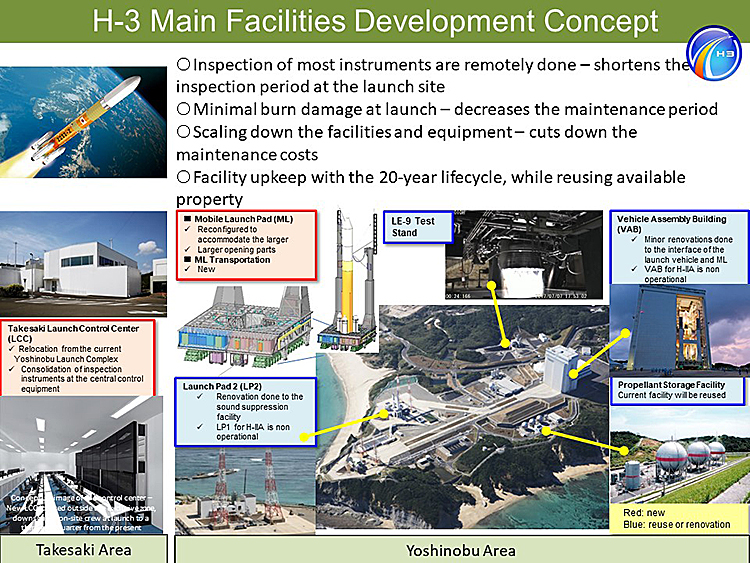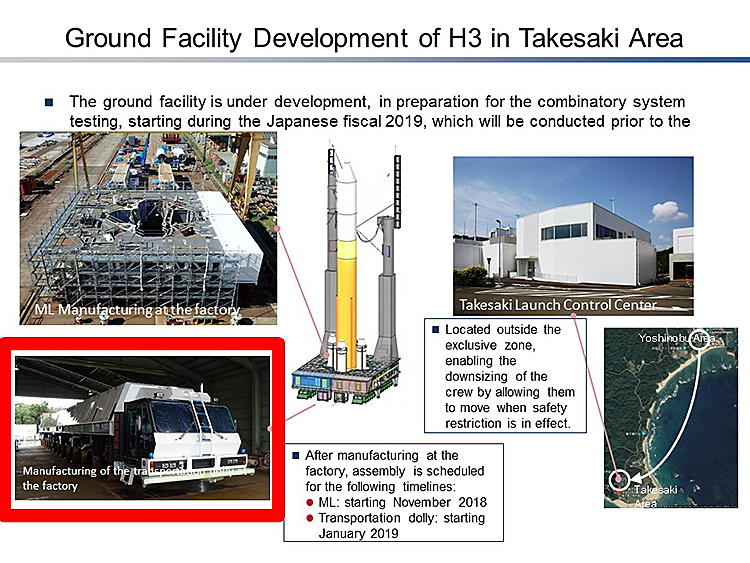Speech Abstracts by Hiroshi Yamakawa, President of JAXA
Date and time: From 1:30 - 2:15 p.m. on November 21 (Wed), 2018
Venue: JAXA Tokyo Office Presentation Room (B1 floor)
MC: Akiko Suzuki, Director, Public Affairs Department
ARPSAF-25
On November 6 through 9, in Singapore, Japanese Ministry of Education, Culture, Sports, Science and Technology, (MEXT) Singapore Space Technology Association, (SSTA) and JAXA co-organized the Twenty-Fifth Session of the Asia-Pacific Regional Space Agency Forum (ARPSAF-25). This was my first time attending the ARPSAF.
APRSAF-25 was attended by 385 participants representing universities, research institutes, development aid agencies, start-ups from 29 countries and regions. Asia-Pacific space organizations sent 9 director-level, 5 of whom were deputy director-level representatives. To delegates from Australia, Kazakhstan, and the United Arab Emirates, it was their first ARSAF.
The four-day APRSAF-25 program was organized into four working groups and developed under the theme "Innovative Space Technology for Evolving Needs". In conclusion, APRSAF-25 announced the joint statement that summarized the program. The joint statement highlighted the following points; social implementation of space technology through collaboration with user organizations, effective use of the Michibiki satellites, improvement of space technology of the region, and cultivation of next generation human resources through Kibo utilization and other programs.
Many expressed the thought at the Heads of the Agencies Session that working with diverse private businesses as well as government is essential to promote the use of space technology and satellite data. Their collective impact will help solve societal issues such as natural disasters and climate change.
At the space policy session, each country presented the space policy being carried out within the status of space activity that the country accommodates and discussed challenges of implementing the space policies. On behalf of our country, the representatives of Japanese Ministry of Economy, Trade and Industry introduced S-Booster in Asia, and Tellus, business matching and support programs that Japan undertakes to boost innovation.
Earlier in March, the Second International Space Exploration Forum (ISEF2) was held in Japan. I am glad that international space exploration has gained momentum in this region. Panel discussions took place participated by Asia Pacific space organizations, businesses and schools to address ways to raise interest of the region’s emerging powers in space exploration.
It resulted in anticipation for increased participation in space exploration from the region in the future.
The Joint Statement mentions the promotion of co-development of innovative small satellites. The Forum has reiterated the need to develop the space technology of the region. Now we have decided to move the discussion forward. The goal we have set includes the official call for applications for those who are up for the task after a three-year co-development period.
The APRSAF-25 main plenary brought out the needs for a platform with business participation by startups and others from industries and that which themes space science. I expanded these as I suggested that regional discussions that took place at APRSAF be globally reported and discussed, say, at the Committee on the Peaceful Uses of Outer Space of the United Nations.
Discussions at APRSAF held in India last year, and in Singapore this year will be passed on to the next APRSAF, which Japan has the privilege of hosting, scheduled for late November to early December, 2019.
Japan’s International Contribution to Earth Observation Missions
(1) Group on Earth Observations : GEO
On October 31 and November 1, GEO-XV (the Fifteenth plenary meeting of the Group on the Earth Observations) was held in Kyoto. Established in 2005, the GEO is an intergovernmental organization which promotes the Global Earth Observation System of Systems. (GEOSS) The GEOSS refer to a consolidated Earth observation systems, including remote sensing satellites, oceanic and ground observations. GEO’s Plenary meeting is held annually. Hosted by Japanese Ministry of Education, Culture, Sports, Science and Technology, (MEXT) the GEO-XV was attended by almost 500 government officials and researchers from 34 organizations of 60 countries. From Japan, 15 organizations participated such as JAXA, Japan Meteorological Agency, National Institute for Environmental Studies, JAMSTEC, JICA, National Research Institute for Earth Science and Disaster Resilience, Forest Research and Management Organization, and National Institute of Polar Research, and others, as well as commercial companies engaging in Earth observations. In the plenary meeting, participants discussed the practical use of Earth observations data in support of GEO’s three priority engagement areas; (1) the United Nations 2030 Agenda for Sustainable Development Goals (SDGs), (2) the Paris Agreement, and (3) the Sendai Framework for Disaster Risk Reduction 2015-2030. Variety of views held by academic, governmental and business stakeholders were presented and discussed.
At the opening remarks, JAXA astronaut Kimiya Yui, representing the Agency, stated the importance of and expectations for the international cooperation that advances Earth observations. He did so while showing the image of the earth as he saw from the International Space Station. I reported the October 29 launch success of GOSAT-2 and related how JAXA’s earth observation satellites are used to monitor deforestation and disaster response.
JAXA contributes to GEO through missions including Greenhouse Gases Observing Satellite (GOSAT) and its successor satellite GOSAT-2, the second Advanced Land Observing Satellite, (ALOS-2) and the dual-frequency Precipitation Radar (DPR) built by Japan for the Global Precipitation Measurement (GPM) mission, which embodies Japan’s cooperation with NASA and the international community.
GEO-XV promotes making Earth observation data that each country possesses open and free and the big data analytics to analyze the data. Suggestion was made that GEO work together to covert the analyzed data and provide the world’s policy makers with it. The data should be processed in the manner to contribute to solutions to GEO’s three priority engagement areas and other common issues that the global community deals with. JAXA seeks to tackle climate change, natural disasters, SDGs among others, through earth observation missions, data provision, and cooperation with developing nations and to continue its active participation in GEO. This endeavor will contribute to enhancing the quality of life of the Japanese.
(2) 24th United Nations Framework Convention on Climate Change Conference of the Parties (COP24)
Launched on October 29, the second greenhouse gases observing satellite (IBUKI-2) has been in its initial checkout phase. The satellite is in good health. In the press release issued on November 9, we published the first light images of - Cloud and Aerosol Imager, (TANSO-CAI-2) one of the science equipment onboard IBUKI-2. For the next two months or so, the initial checkout phase will continue, during which the Thermal and Near Infrared Sensor for carbon Observation - Fourier Transform Spectrometer (TANSO-FTS-2) and other science instruments are evaluated.
Able to monitor greenhouse gases uniformly across the entire globe, IBUKI-2 provides data that could shape effective approaches to implement the Paris Agreement, an international agreement within the United Nations Framework Convention, adopted at The 2015 United Nations Climate Change Conference. (COP 21)
Starting on December 2, COP 24 will take place in Katowice, Poland. JAXA is among the Japan delegation along with the MEXT and the Ministry of Environment. (MOE) On December 5, at the Japan pavilion, JAXA hosts events. One advertises the early warning system for deforestation which uses data from Daichi-2 and other satellites. Another event that JAXA conducts with the MOE and the National Institute for Environmental Studies features satellite monitoring of greenhouse gases.
The official side event that JAXA and the European Space Agency and others conduct on December 6 is themed Transparent Forests -how the Global Forest Observations Initiative supports the REDD+. The REDD+ is the program that approaches climate change by incentivizing efforts to reduce emissions of and to increase natural absorption of greenhouse gases by reducing deforestation and forest degradations and sustainable forest managements in developing countries. I will speak at the side event organized by the German Aerospace Center (DLR) about how JAXA contributes to the implementation of the Paris Agreement by providing satellite data that measures greenhouse gases. These events and the exhibits at the Japan pavilion will illustrate the contributions that JAXA’s earth observation satellites make by monitoring the emissions and absorption of greenhouse gases.
JAXA will continue its contributions with other space organizations and monitoring the global greenhouse gas emissions by IBUKI and IBUKI-2.
HTV7
KOUNOTORI-7 (HTV7), the cargo transporter to the International Space Station (ISS) was launched aboard H-IIB No. 7 on September 23 and berthed to the ISS on September 28. On November 8, HTV-7 departed from the ISS and reentered Earth’s atmosphere on November 11.
The HTV7 cargo included JAXA-developed sample reentry small capsule aiming to demonstrate a sample return from the ISS, Japan’s first mission. The HTV7 sample return mission embodied two technological demonstrations.
One is that which uses a lift to control the altitude and decent trajectory of the reentry capsule. The reentry capsule aboard Hayabusa reentered Earth’s atmosphere in a ballistic flight, whereas the HTV-7 reentry capsule did in a guided lift flight. In the trajectory correction maneuvers, the reentry capsule used the thruster and tilted its attitude. This was done to reduce the g-force that it experiences at the reentry around 4G and to guide the descent trajectory to a desired location.
After completing the de-orbit maneuver, the reentry capsule separated from the HTV7 at 6:24 am, and reentered Earth’s atmosphere. Then at 7:06 am, it splashed down into the point about 660 kilometers south-south-east off the coast of Minami-Tori-shima. Though we are still standing by for details, overall, the guided lift flight of the reentry capsule proceeded well.
The other target technological verification was thermal protection by the world class low density ablator produced in Japan. Reportedly, the status of the recovered capsule and experiment samples stored inside shows that the thermal protection by the ablation was effective. Housed inside a vacuum layer insulation container and a refrigerant, the experiment samples, were kept cool within the anticipated four-degree temperature range of ±2℃, houses inside of which experiment samples were stored.
Upon being transported to the JAXA Tsukuba Space Center, the protein crystal samples were examined. Initial examination shows that the condition of the crystals and container seemed fine, confirming the proper thermal management at around 4 degrees Celsius from the moment that the experiment samples were installed in the return capsule through recovery by the ship. Detailed analysis of individual samples will be carried out by the teams of researchers.
Following retrieval of the sample from the reentry capsule, the capsule was shipped from Minmi-Tori-shima, and delivered to the JAXA Tsukuba Space Center on November 17. Evaluations are in progress by the development team of the HTV small reentry capsule, getting ready to be presented to the media at the briefing scheduled for November 27.
JAXA owes the success of the first capsule return mission to many. We appreciate for the use of facilities including airport and port at Minami-Tori-shima, and Ibaraki airport. We are grateful for the cooperation by the officers and other personnel who ensured the safe transportation of the reentry capsule.
H3 Rocket Development Progress
In the current fiscal year, the H3 is in its manufacturing and testing phase. JAXA provided the media with the opportunity to observe the second series of firing tests of the test model of、, LE-9 the H3’s first stage engine. The tests met the target thrust and firing time, 150 tons for 270 seconds, for the same length of time, as needed during an actual H3 launch. Furthermore, last August, the firing testing of the SRB-3, the new Solid Fuel Rocket Booster both for the H3 and the first stage of Epsilon was conducted and resulted in acquiring the expected data regarding the ignition and firing and other parameters.
At the Tashiro Test Facility of Mitsubishi Heavy Industries, preparations are underway for the BFT, the Battleship Firing Test, where the LE-9 test models verified by firing tests at The JAXA Tanegashima Space Center, and the tanks made of thick material, similar to the actual H3 parts are subject to testing. The resulting data that can indicate the function and performance of the propulsion system will be reflected in the H3 design.

JAXA took up the manufacturing of the first H3 vehicle for test launch. H3 development is in full swing. The H3 developments embody the comprehensive system development including the ground launch facility, launch safety services as well as the launch vehicle. The goal is producing a flexible, reliable, cost effective rocket that can accommodate contractor’s demands as the priority.
Ground facility is under development to accommodate H3, including the new Launch Control Complex, (LCC) Mobile Launcher platform (ML) and transport dollycarrier. Construction of the new LCC building will be completed by the end of current fiscal year.

JAXA has invited the media to cover various testing done on the new launch systems, and on December 5, a driving demonstration of the new ML platform dolly is shown to the media at Nippon Sharyo Ltd. Kinuura Works, Handa, Aichi.

Serving as an H3 launch vehicle transportation from the Vehicle Assembly Building (VAB) to the launch pad, the dolly that moves the ML is the important part of the launch operations. JAXA worked on making the vehicles safer, more inexpensive and efficient with the renewed design. They cost less to maintain and are optimized for operations. I would like to invite the members of media to come and watch, as this will be one of the few opportunities to see the transport dolly.
The 50th Anniversary of Rocket launch from Tanegashima Space Center
I just spoke about H3, and the first test H3 flight is scheduled from the JAXA Tanegashima Space Center during the fiscal 2020. This year marks the fiftieth anniversary since the first rocket launch took place on September 17, 1968 from the facility. On that day, SB-IIA No. 9, single stage sounding rocket and three other small rockets were launched from the Takesaki launch pad, Kukinaga, Minami Tane. Since then, space development has gone a long way, especially in our country. I believe we have ascended to be one of the space powers in the world.
It is from the very Center familiar to many that Hayabusa2 also took off. It has descended small robots on Ryugu, the target asteroid, and now is getting ready to touch down. The JAXA Tanegashima Space Center is where many other Meteorological Satellites and positioning satellites originate from. It inspires youths to dream dreams and realize them. High technology and huge rocket launches are done regularly today, which was beyond imagination 50 years ago. Nonetheless, the JAXA Tanegashima Space Center has not lost its significance as big rocket launch site over the decades, and never will it.
JAXA sincerely asks for your understanding and support on behalf of the launches and H3 developments.
As announced before, a memorial ceremony is scheduled for November 24 and a special open-house exhibition for November 25, commemorating the fiftieth anniversary of the first launch. Both events will serve as a precious opportunity for the locals and others who have supported the 50-year history of rocket development. It features tours of spots only open for the occasion and is designed to renew our resolve to continue walking into the future. I would cordially welcome a large turnout.